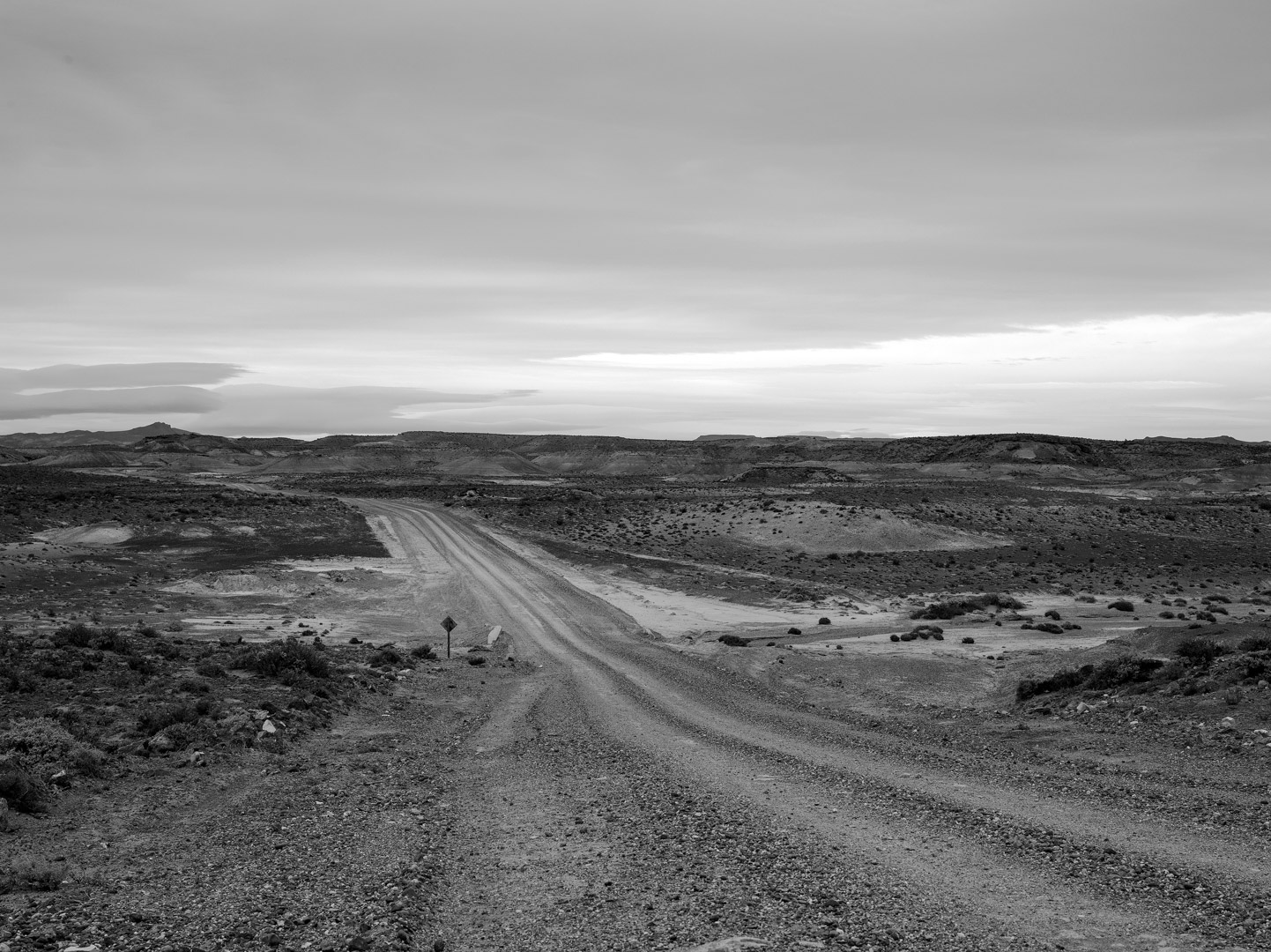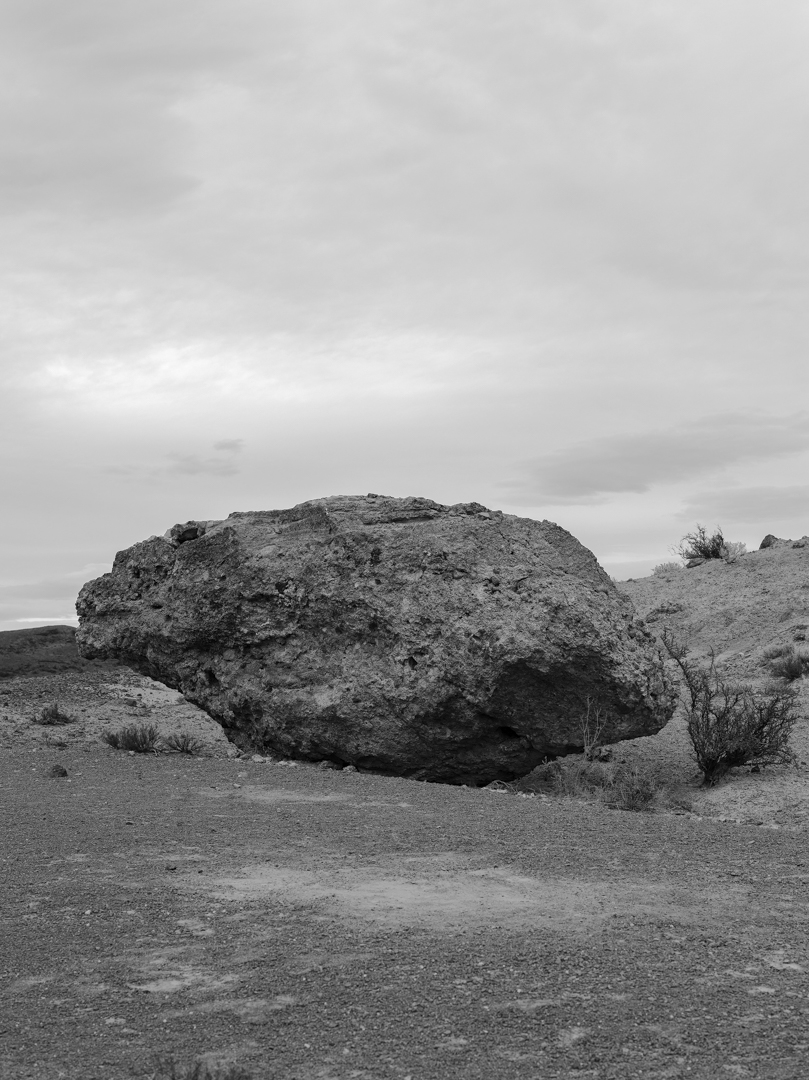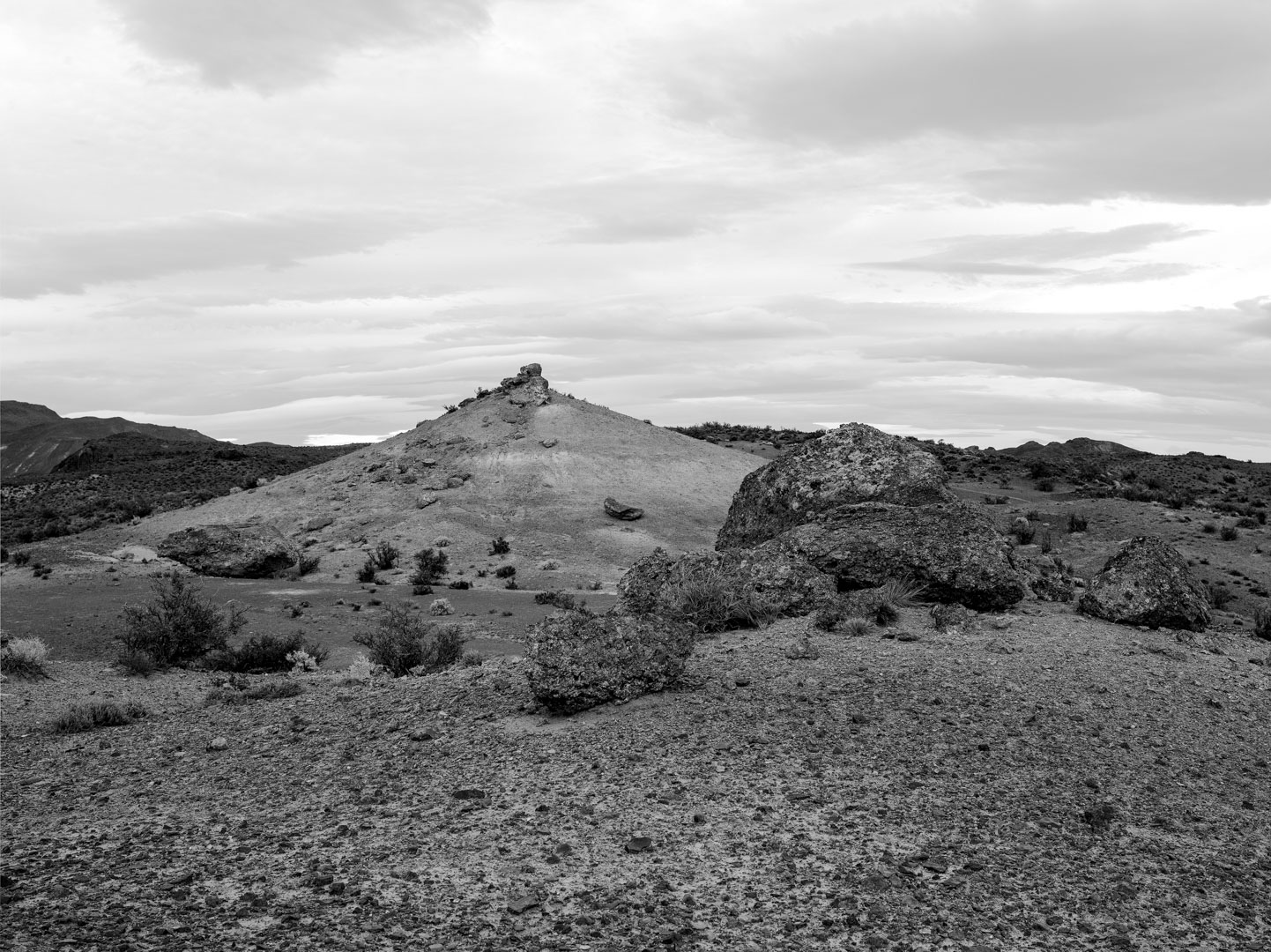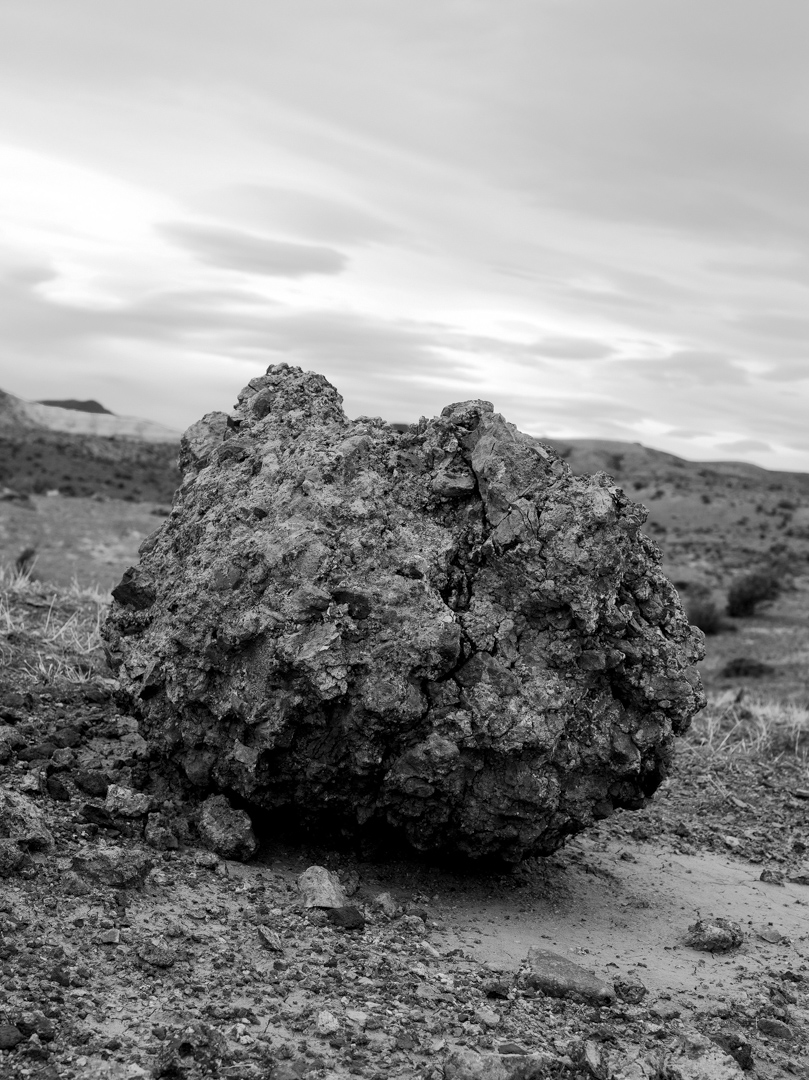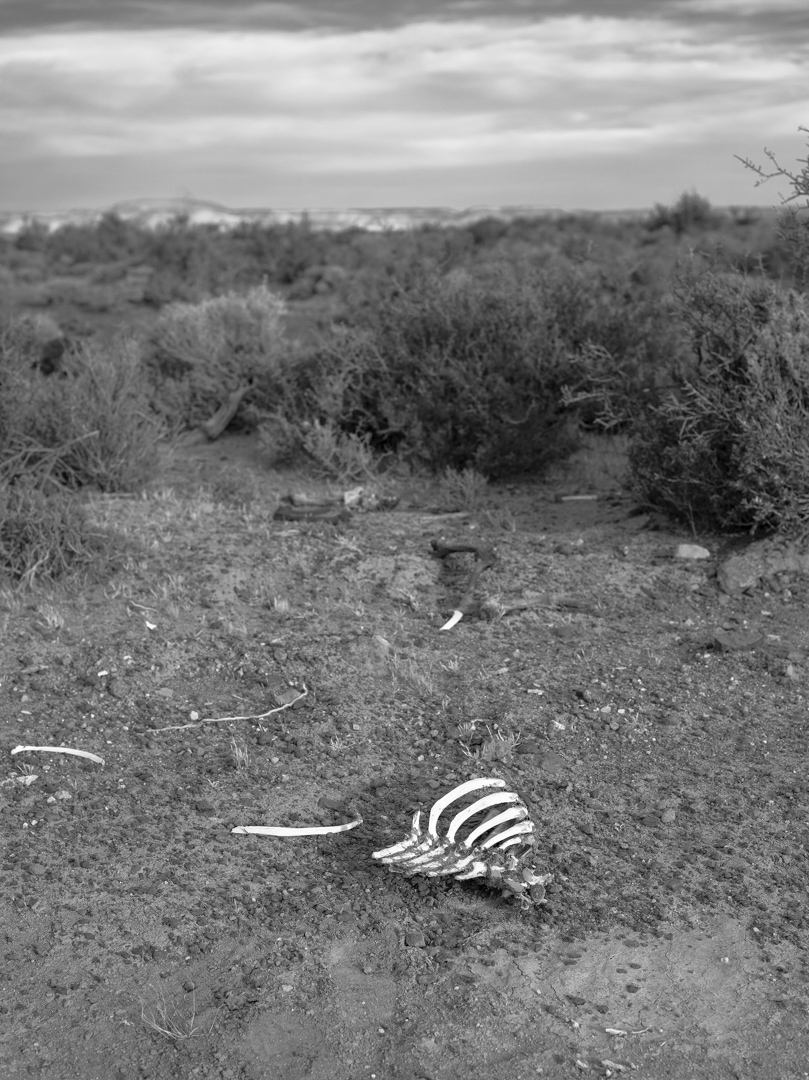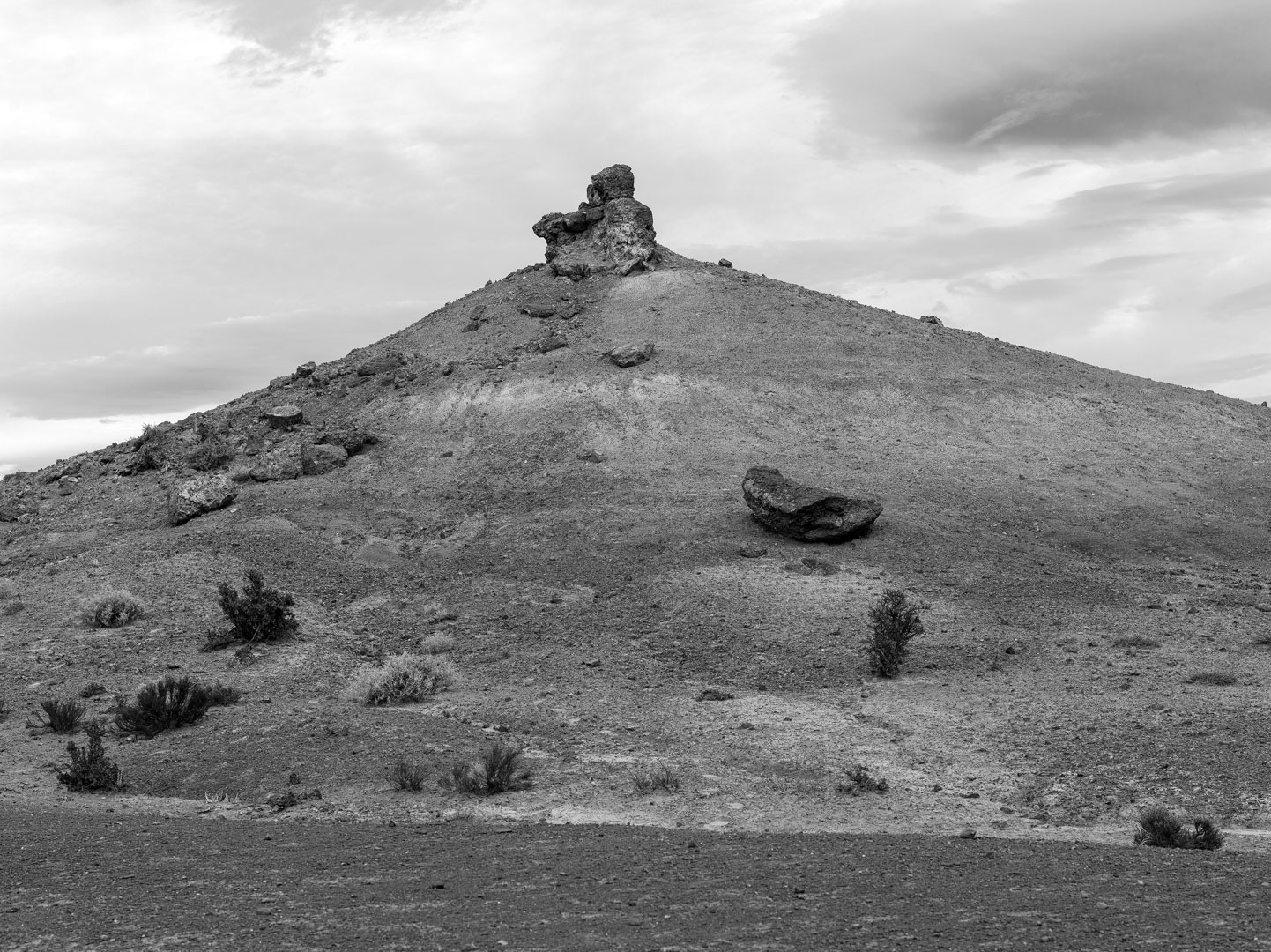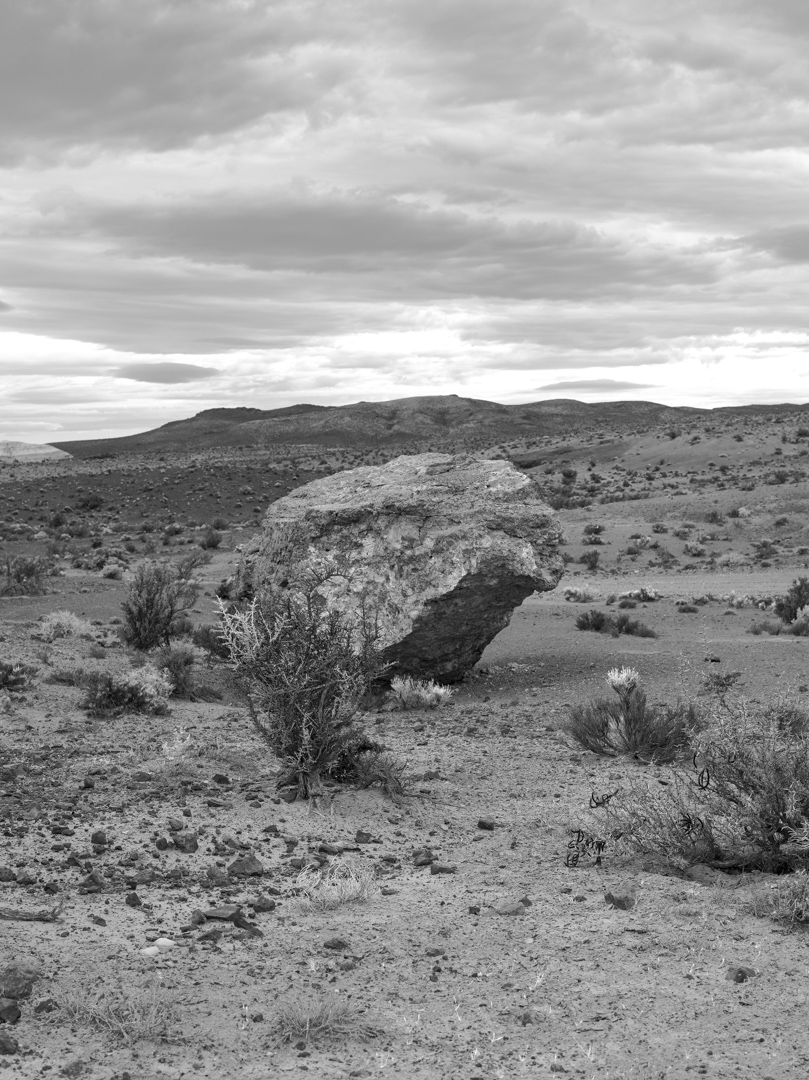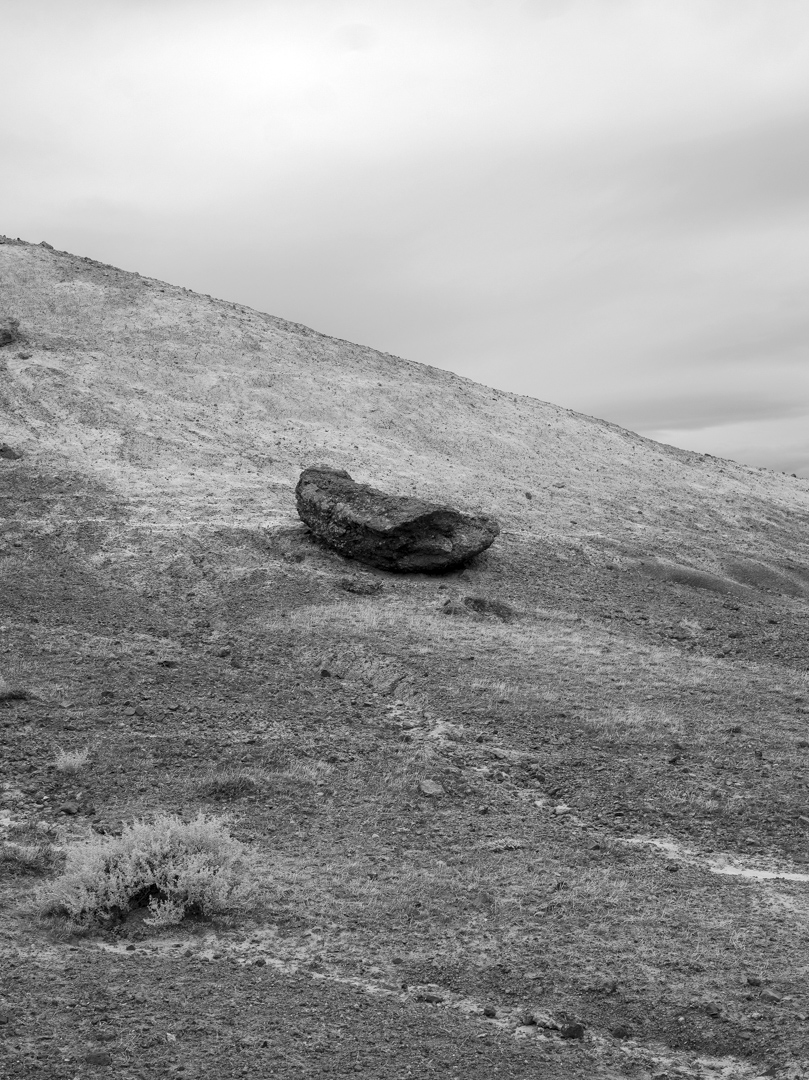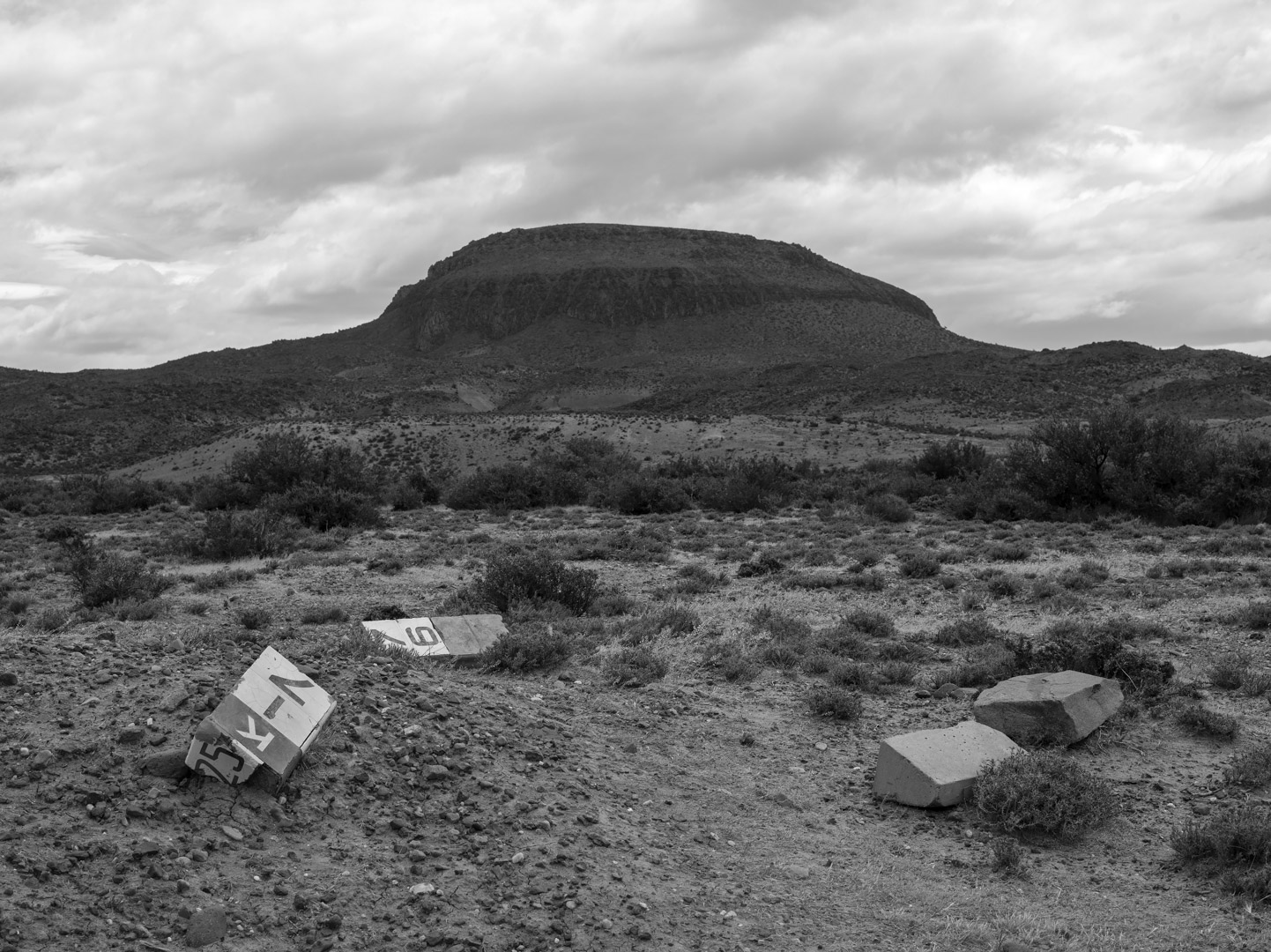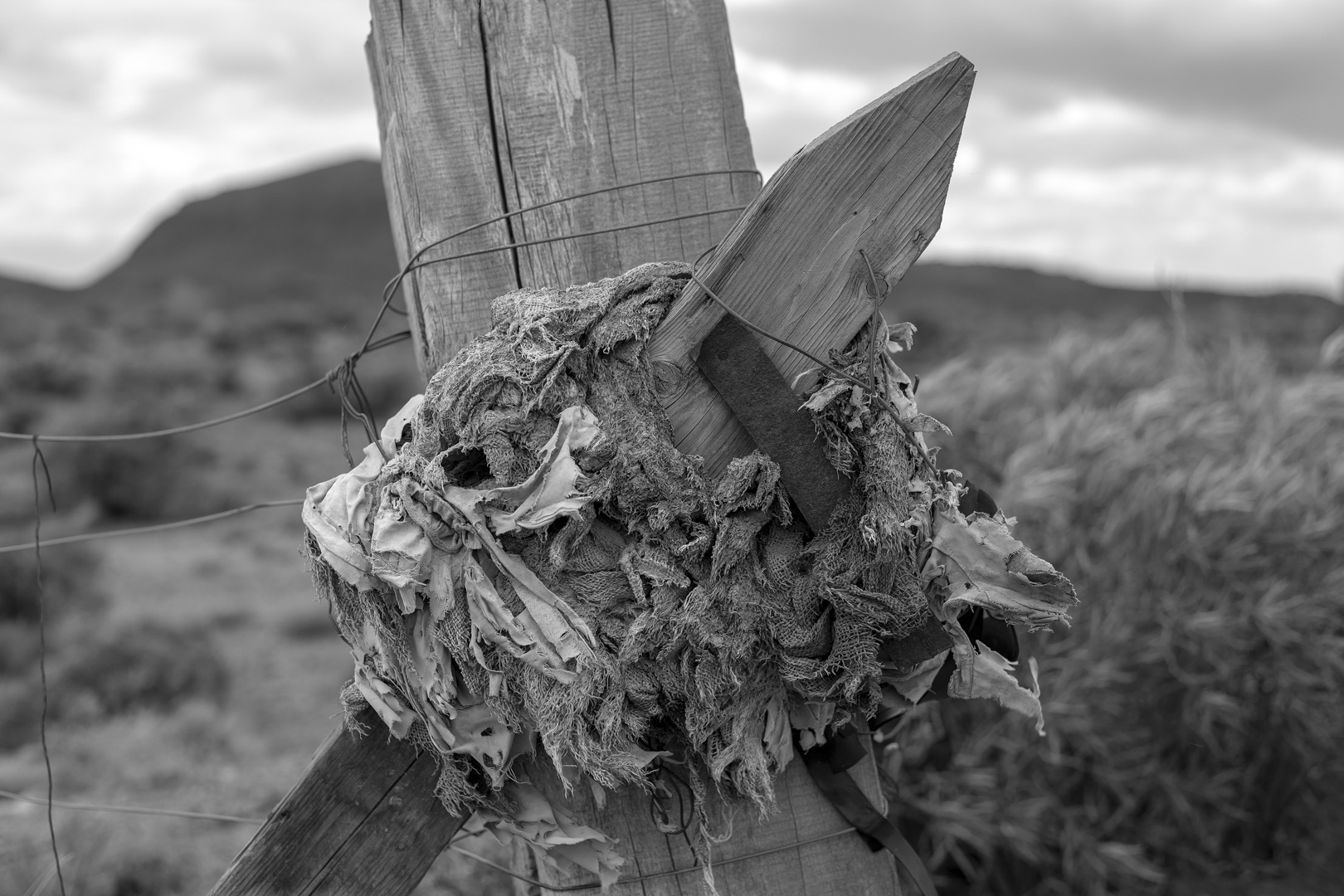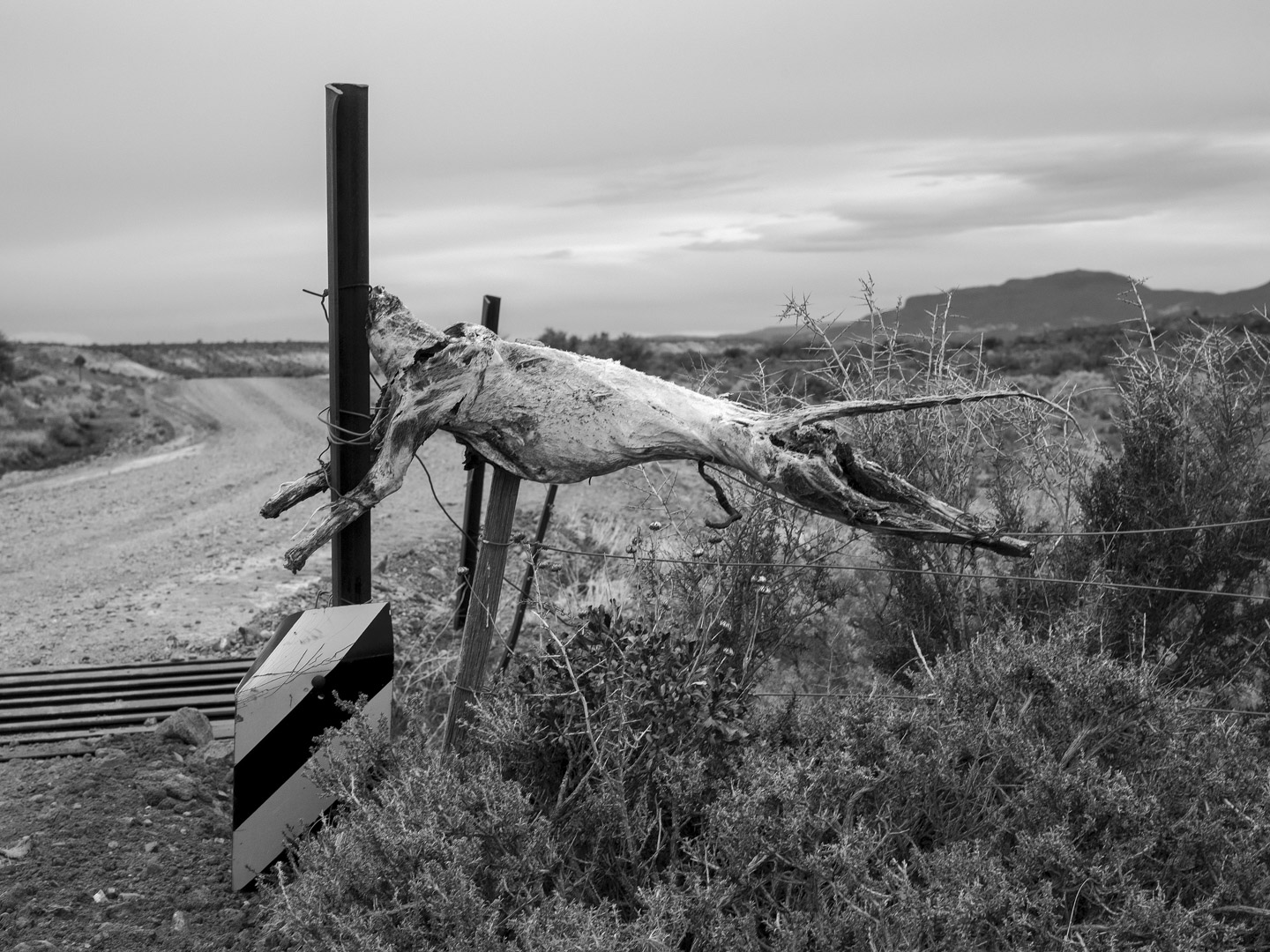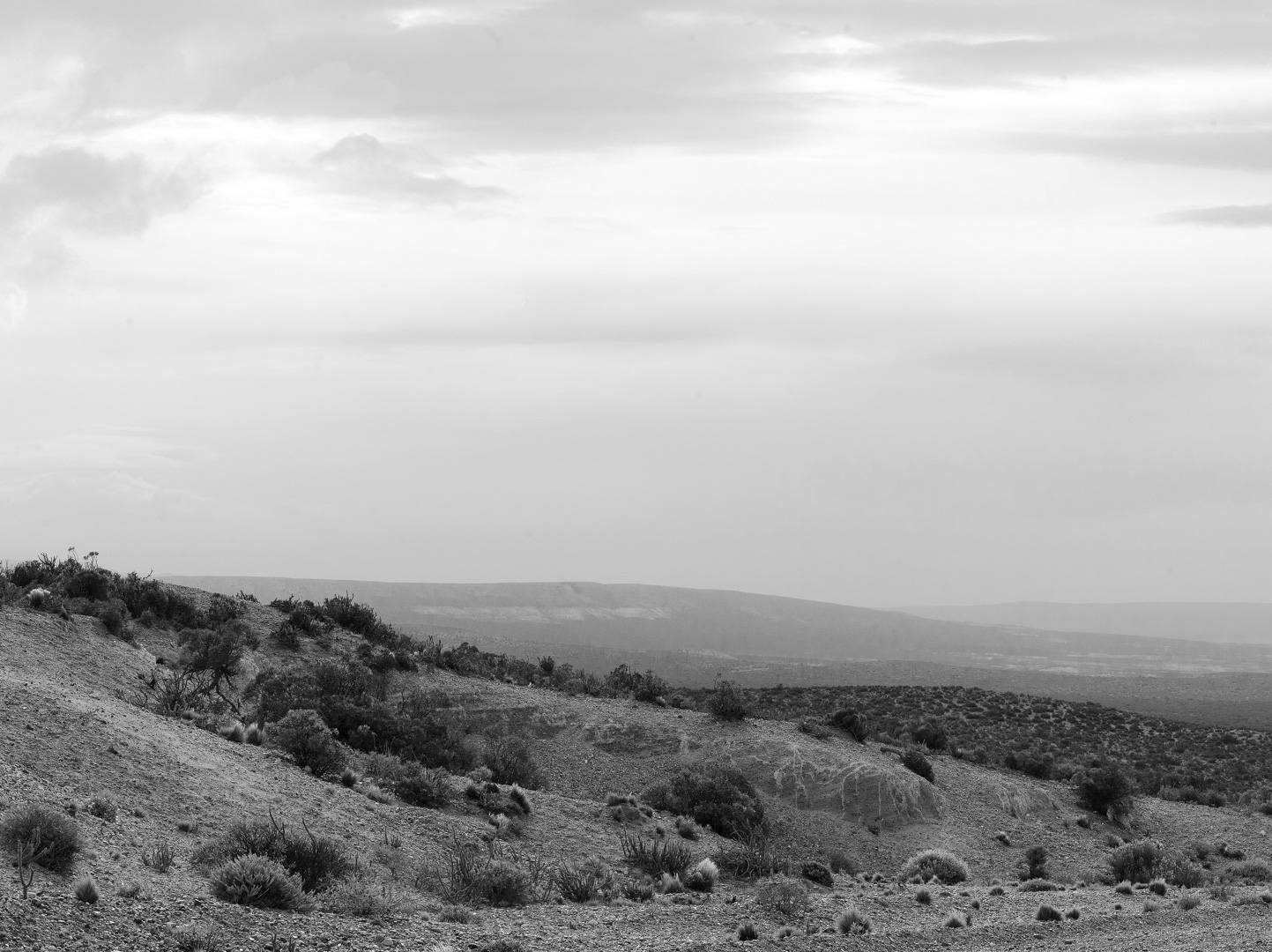A rare stone, 2020
The year is 2008. Aurelio Hernández, a ranch laborer, rides through the dusty emptiness of the Patagonian plateau in search of a lost sheep. An immense desert spreads in every directions, its contours curling amid the scattered hills. Hernández knows the terrain and dives evermore deeply into its hushed solitudes. Suddenly, he runs into a huge object sticking out of the naked land.
It is a bone of such an exorbitant size that it seems to elude the world of men, with their familiar sights of sheep, farms and dirt roads. Hernández gallops away to tell his employers, Alba and Oscar Mayo, what he has found. When they contact Chubut province’s paleontology team — perhaps they do not fully suspect it—they are about to open a door which leads millions of years into the past, towards an earth which no longer is. The Mayo siblings do not only have flocks of sheep in their 46,332 miles Patagonian ranch. Buried there below, almost impossibly ancient, lie the remains of the most enormous dinosaurs that ever roamed our planet.
